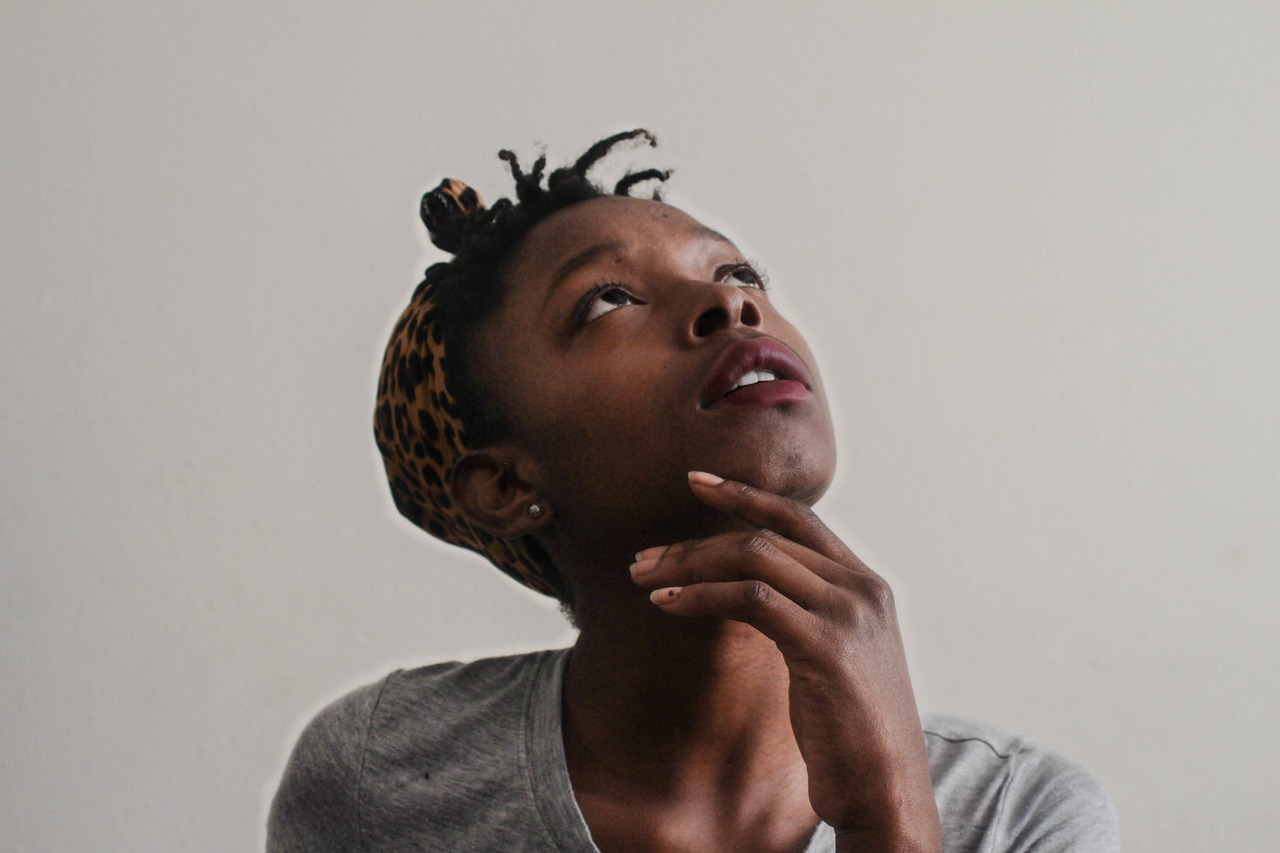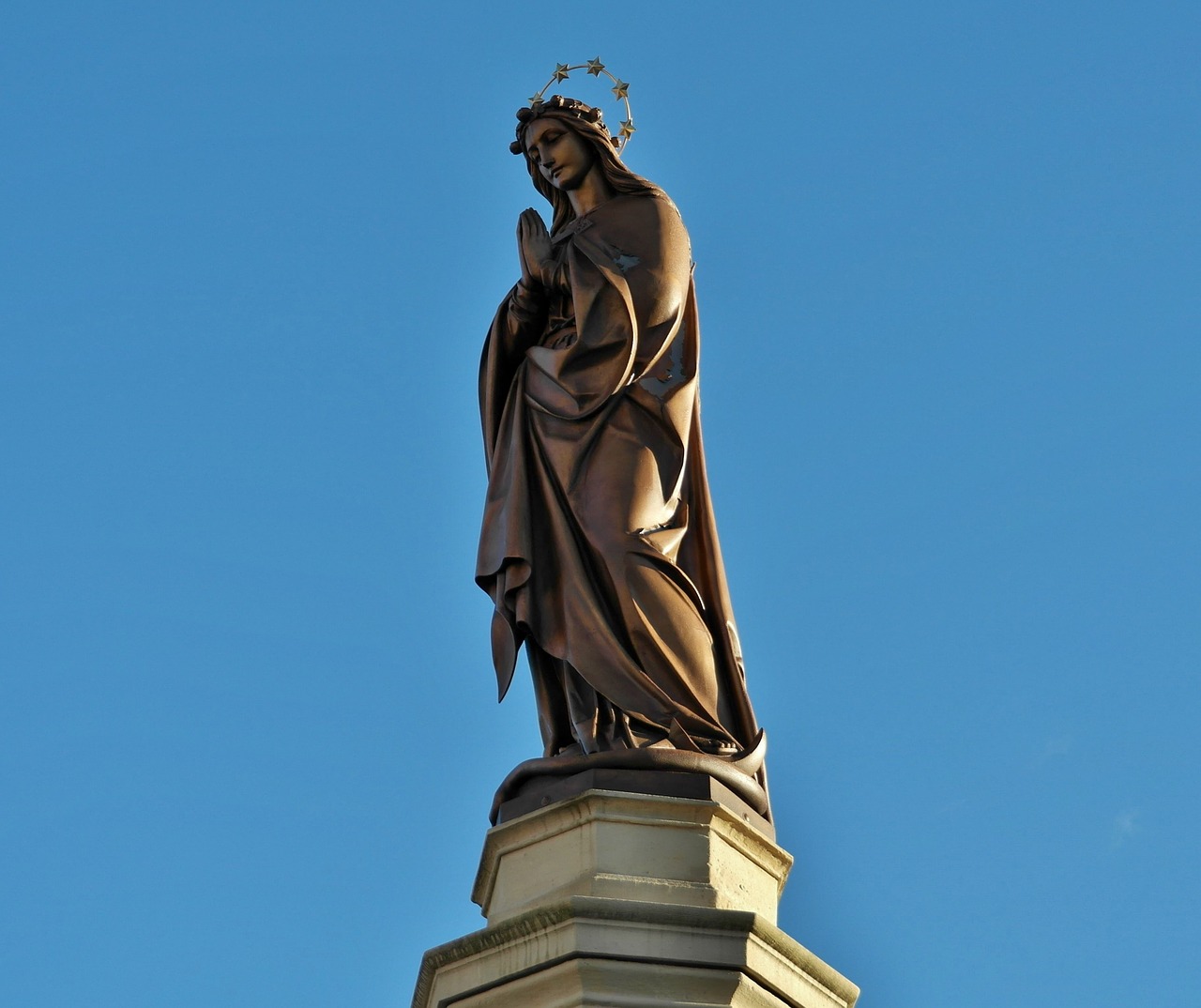
There already are—and we’re poised for more. Mohawk Saint Kateri Tekakwitha (1656-1680), from what became upstate New York, was known for her healing abilities. Filipino Saint Pedro Calungsod was a teen missionary martyred in Guam in 1672. Since Guam is now U.S. territory, we share this saint with the Philippines. In Puerto Rico, Blessed Carlos Manuel Rodrigues Santiago (1918-1963) brought a historically disaffected laity to the liturgy and sacraments. He translated works into Spanish to instruct the faithful. Blessed Charlie, as he’s called, awaits one more miracle for canonization.
Also keep your eye on five Venerables. Born a slave in what’s now Haiti, Pierre Toussaint (1766-1853) relocated to New York with the household. There he studied hairdressing, as elaborate hairstyles were in vogue. Even before acquiring his freedom, Toussaint was a powerhouse of charity with the wealth he accrued, buying the freedom of other slaves and assisting the needy regardless of color. Rafael Cordero Molina (1790-1868) was denied an education as part of the African community in Puerto Rico. Under his parents’ instruction, he became a teacher dedicated to the literacy and faith formation of black children, while working as a cigar maker and shoemaker.
Henriette DeLille (1813-1862) of New Orleans was a free person of mixed race. Such women customarily were “kept” by a white man, marriage being unlawful. Attracted by the ministry of French sisters, Henriette desired admittance to religious life instead. Barred from white orders, she formed the Sisters of the Holy Family, teaching Creole children, and caring for the sick and orphans. Augustus Tolton (1854-1897), first acknowledged black priest in the United States, was born to slave parents in Missouri. (Mixed-race brothers James, Patrick, and Alexander Healy were ordained earlier, but their light skin invited less scrutiny.) After a long struggle for the right to be ordained, Tolton’s ostracization by an all-white clergy made his ministry a lonely vigil of courage.
In addition, three black Servants of God are in the pipelines. From Cuba of Haitian parents, Mary Elizabeth Lange (1794-1882) founded the Oblate Sisters of Providence in Baltimore to provide education for black children. Her sisters also treated the sick, opened a night school for black women, and took in orphans during the Civil War. Julia Greeley (ca. 1833?48?-1918) was born a slave in Missouri. She moved with various families until arriving in Denver. After becoming Catholic, Julia promoted devotional literature she herself couldn’t read. Begging on behalf of others, she became known as Denver’s Angel of Charity. Thea Bowman (1937-1990) of the Franciscan Nuns of Perpetual Adoration, was a tireless instigator for racial justice in the church. The edict promoting her cause defines her as “Educator, Evangelizer, Missionary Disciple, Advocate for Cultural Awareness and Racial Harmony.” Through song and inspired evangelization, Sister Thea moved the hearts of bishops and laity alike.
Book: Saints of North America, by Vincent O’Malley, C.M. (Our Sunday Visitor, 2004). Not inclusive of all biographies above.
Check out the online Hagiography Circle for updates on causes presently in motion: www.newsaints.faithweb.com.



